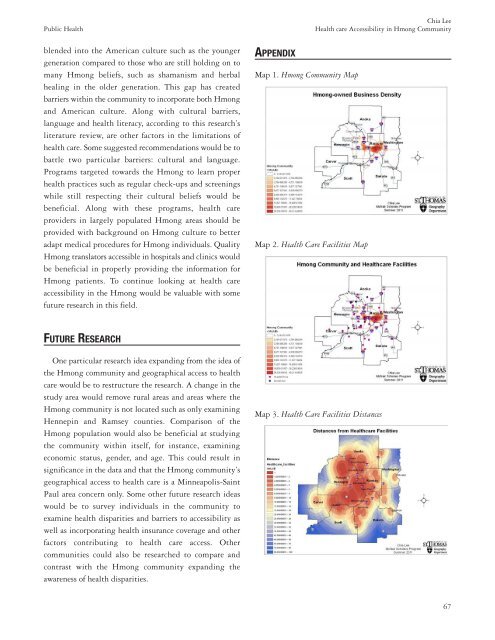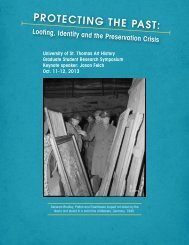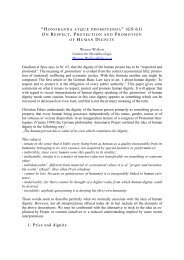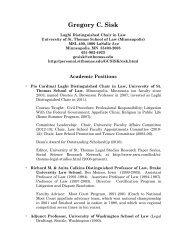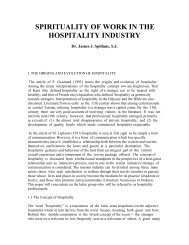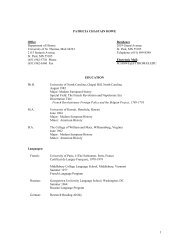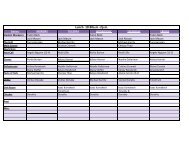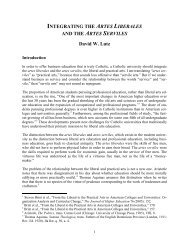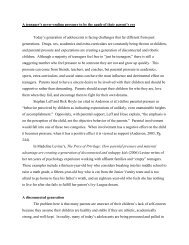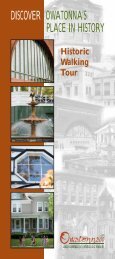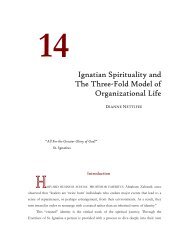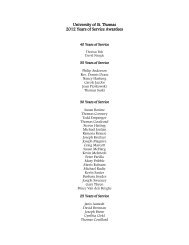dr. ronald e. mcnair acknowledgements - University of St. Thomas
dr. ronald e. mcnair acknowledgements - University of St. Thomas
dr. ronald e. mcnair acknowledgements - University of St. Thomas
Create successful ePaper yourself
Turn your PDF publications into a flip-book with our unique Google optimized e-Paper software.
Chia Lee<br />
Public Health Health care Accessibility in Hmong Community<br />
blended into the American culture such as the younger<br />
generation compared to those who are still holding on to<br />
many Hmong beliefs, such as shamanism and herbal<br />
healing in the older generation. This gap has created<br />
barriers within the community to incorporate both Hmong<br />
and American culture. Along with cultural barriers,<br />
language and health literacy, according to this research’s<br />
literature review, are other factors in the limitations <strong>of</strong><br />
health care. Some suggested recommendations would be to<br />
battle two particular barriers: cultural and language.<br />
Programs targeted towards the Hmong to learn proper<br />
health practices such as regular check-ups and screenings<br />
while still respecting their cultural beliefs would be<br />
beneficial. Along with these programs, health care<br />
providers in largely populated Hmong areas should be<br />
provided with background on Hmong culture to better<br />
adapt medical procedures for Hmong individuals. Quality<br />
Hmong translators accessible in hospitals and clinics would<br />
be beneficial in properly providing the information for<br />
Hmong patients. To continue looking at health care<br />
accessibility in the Hmong would be valuable with some<br />
future research in this field.<br />
FUTURE RESEARCH<br />
One particular research idea expanding from the idea <strong>of</strong><br />
the Hmong community and geographical access to health<br />
care would be to restructure the research. A change in the<br />
study area would remove rural areas and areas where the<br />
Hmong community is not located such as only examining<br />
Hennepin and Ramsey counties. Comparison <strong>of</strong> the<br />
Hmong population would also be beneficial at studying<br />
the community within itself, for instance, examining<br />
economic status, gender, and age. This could result in<br />
significance in the data and that the Hmong community’s<br />
geographical access to health care is a Minneapolis-Saint<br />
Paul area concern only. Some other future research ideas<br />
would be to survey individuals in the community to<br />
examine health disparities and barriers to accessibility as<br />
well as incorporating health insurance coverage and other<br />
factors contributing to health care access. Other<br />
communities could also be researched to compare and<br />
contrast with the Hmong community expanding the<br />
awareness <strong>of</strong> health disparities.<br />
APPENDIX<br />
Map 1. Hmong Community Map<br />
Map 2. Health Care Facilities Map<br />
Map 3. Health Care Facilities Distances<br />
67


